Earth's magnetic field and Dipole moment of the magnet
Blog post description.
3/19/20252 min read
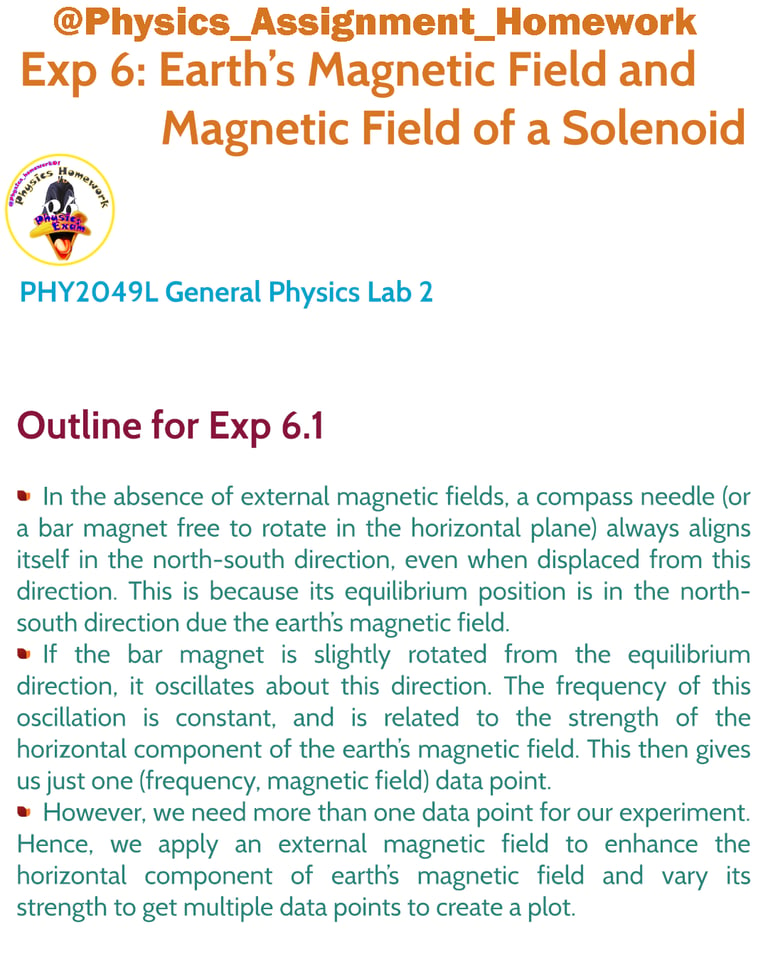

My post contentWhen a bar magnet is placed in the Earth's magnetic field, it naturally aligns with the field due to the interaction between the magnetic dipole moment of the magnet and the Earth's field. This alignment represents a state of equilibrium where no external torque acts on the magnet. However, if the magnet is rotated away from this position, a torque is induced that attempts to restore it to its original alignment. The magnitude of this torque depends on both the strength of the Earth's magnetic field and the angle of displacement. The negative sign in the torque equation signifies that the force is restorative, meaning it acts in the opposite direction of displacement, pulling the magnet back toward equilibrium.
As a result of this restoring torque, the bar magnet does not immediately come to rest but instead oscillates back and forth around its equilibrium position. This oscillatory motion is similar to that of a simple harmonic oscillator when the angle of displacement is small, where the torque becomes directly proportional to the angle. The frequency of these oscillations depends on key factors such as the magnetic moment of the bar magnet, the strength of the magnetic field, and the moment of inertia of the magnet. A stronger magnetic field or a larger magnetic moment leads to faster oscillations, while a higher moment of inertia results in slower oscillations.
In an ideal case with no energy loss, the magnet would continue oscillating indefinitely. However, in real-world conditions, factors such as air resistance, internal friction, and eddy currents gradually dissipate the energy of oscillation. This energy loss causes the amplitude of oscillations to decrease over time until the magnet comes to rest in its aligned position. The damping effect is crucial in various applications, such as in magnetometers and compasses, where controlled oscillations help in precise measurements of magnetic fields.
This principle of magnetic oscillations has practical implications in scientific instruments and engineering applications. For example, magnetometers utilize the oscillatory motion of a suspended magnet to measure the strength of the Earth's magnetic field. Additionally, the concept of restoring torque is essential in designing magnetic damping systems used in electrical devices. Understanding these oscillations helps in improving the accuracy of navigation systems, electromagnetic sensors, and various other magnetic field detection technologies.
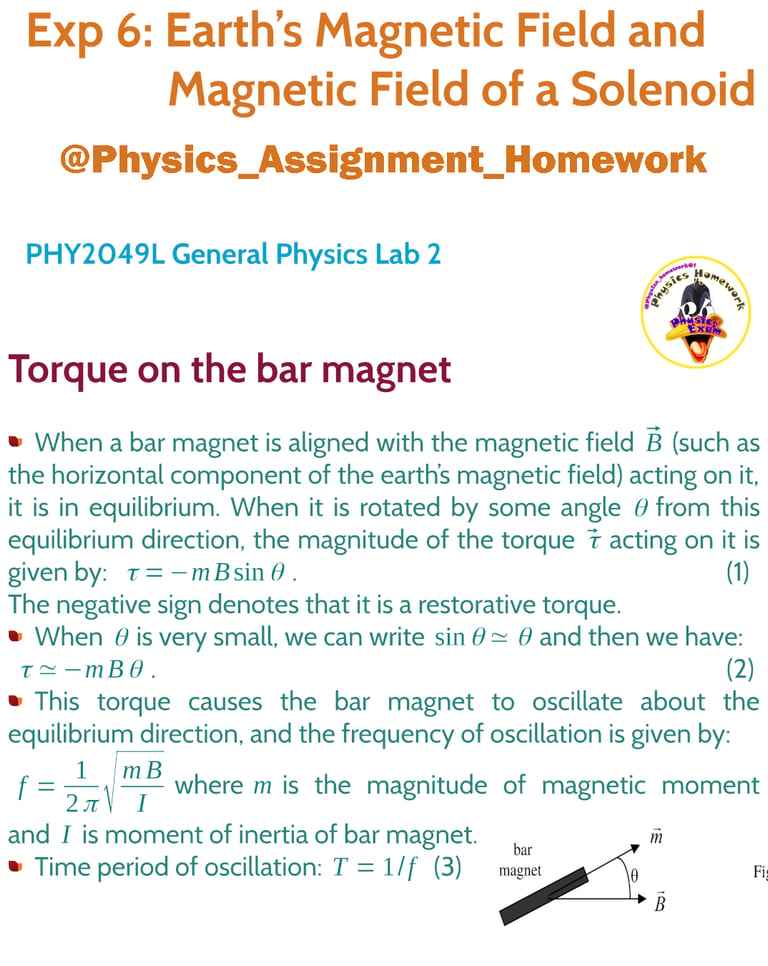

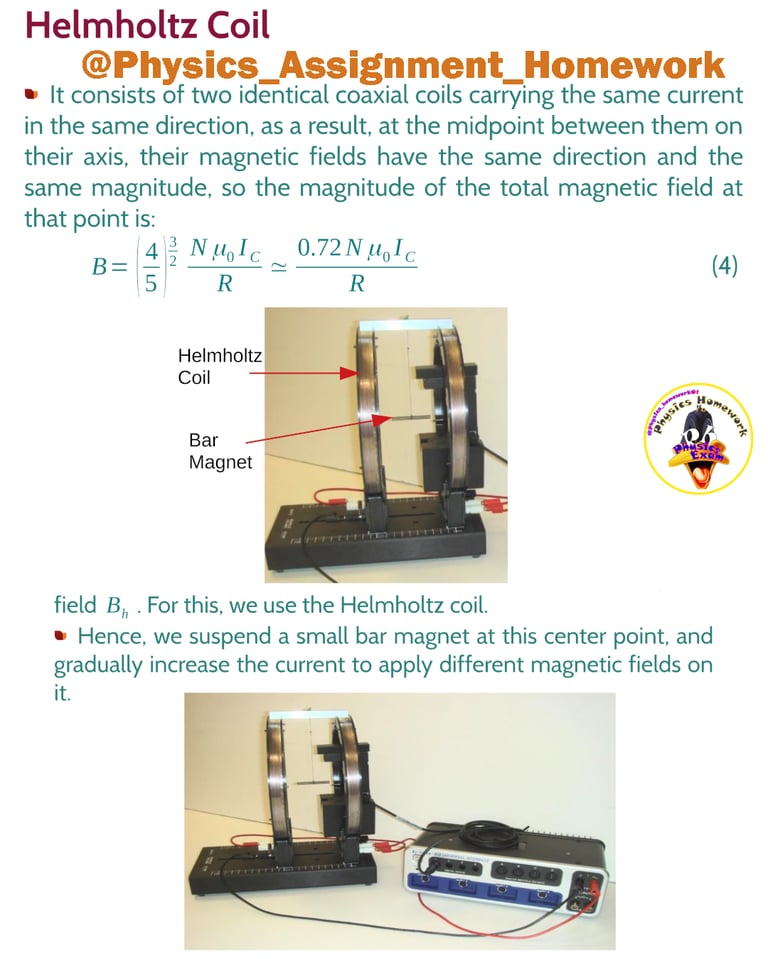

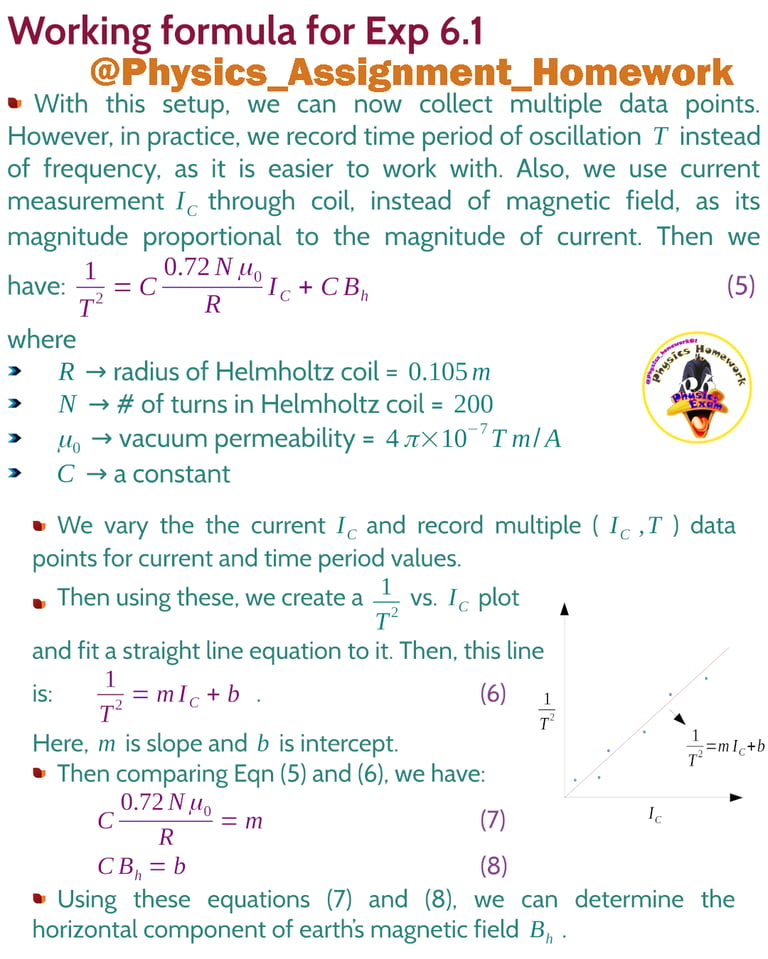

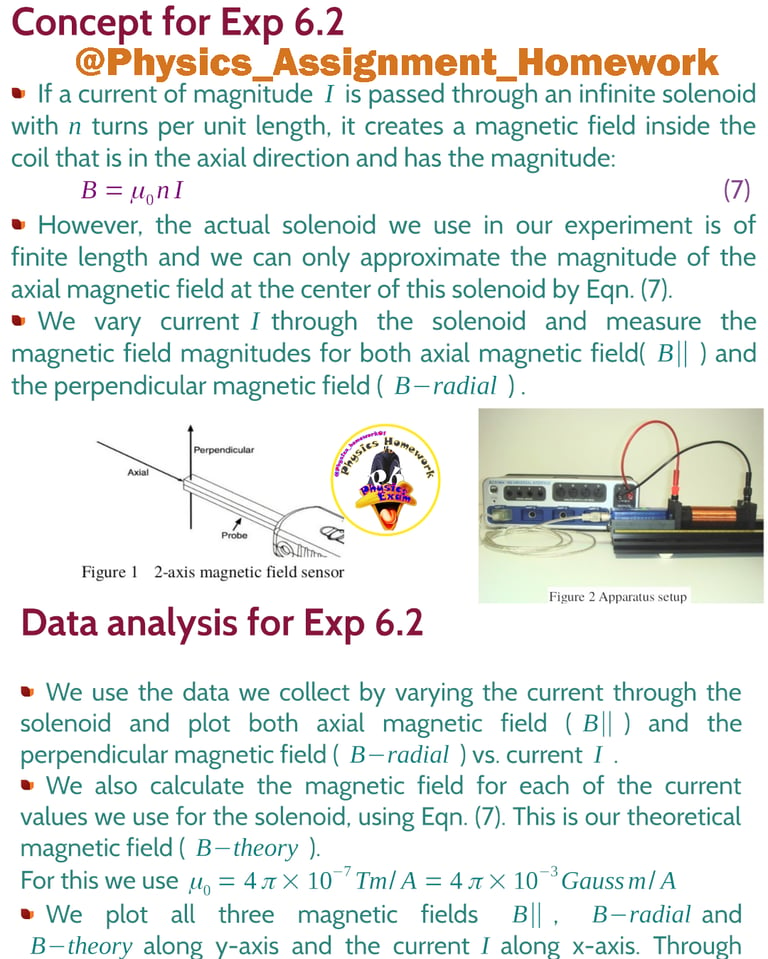

Solutions
Expert assistance for your physics lab assignments.
Support
Help
© 2025. All rights reserved.
